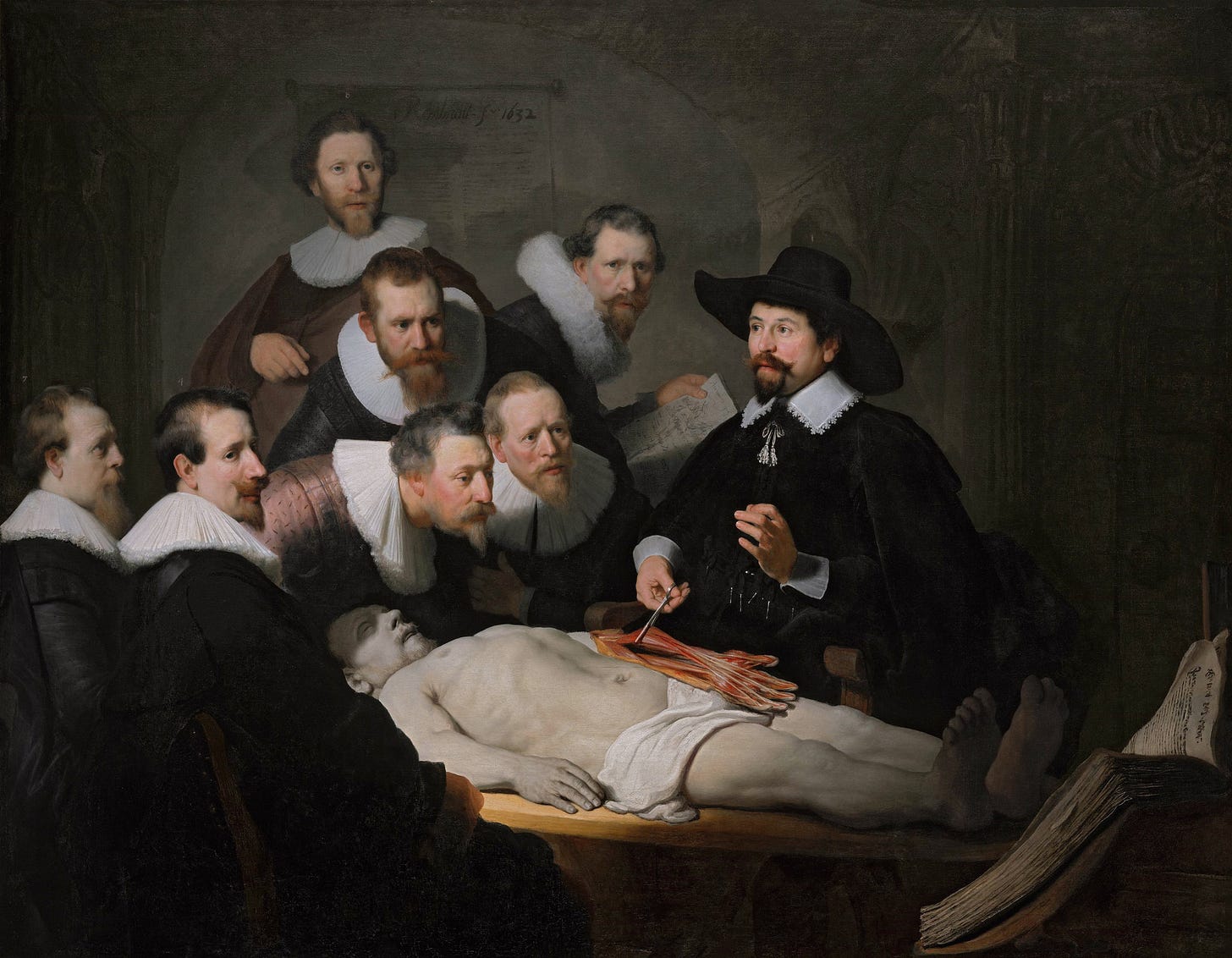The Role of Art in Medical Education
Written by Aanandita Mahavadi
Medicine is usually seen as a strictly scientific field, although most people never realize how art has also started to play an important role in medical education. From observing art to writing articles and reflecting on writing exercises, these practices have been seen to help future doctors develop skills that go beyond one's clinical knowledge.
For example, an art analysis has been seen to sharpen one's observation skills as it teaches students to notice details. This means that it improves patient care as the medical professionals are able to notice subtle changes in a patient's expression or physical condition. Reflective writing and writing in general encourages empathy and self awareness, helping medical professionals process the emotional challenges that are involved in their work.
Medical schools are starting to incorporate arts into their curriculum. Programs like Stanford Medine’s “Medicine and the Muse” use creative writing and art workshops to foster a deeper understanding of patient experiences. Initiatives like this remind one how treating a patient isn't’ just about curing an illness, but it also about addressing the other person for who they are.
Incorporating the arts into medical training transforms future healthcare into more than just doctors or physicians, but it shapes them into compassionate and caring caregivers. The fusion of science and humanity helps them tackle the complexities of modern medicine with both their skill and empathy.
References:
Association of American Medical Colleges (AAMC). (2023). The role of the arts in medical education. https://www.aamc.org
Stanford Medicine. (2022). Humanities in medicine: Why it matters.https://med.stanford.edu
Written by Aanandita Mahavadi from MEDILOQUY


